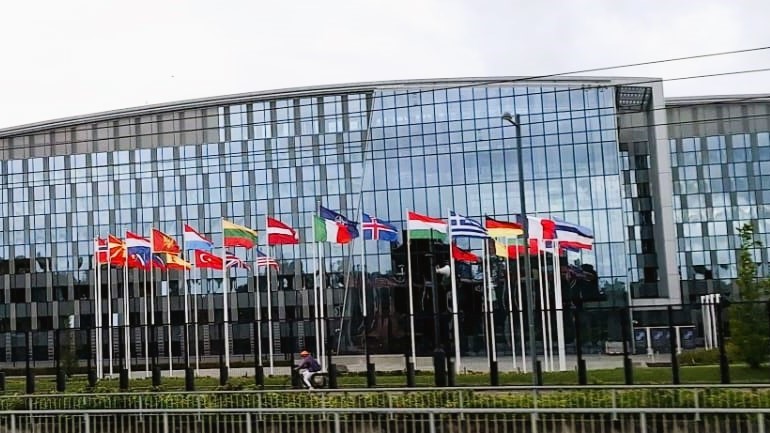
Leaving the Free-Rider Club: Lessons from Belgium

- EU and strategic partners,
- EU strategy and foreign policy,
- Europe in the World,
- European defence / NATO,
While tensions over unequal burden sharing within NATO are nearly as old as the alliance itself, so-called free-riders have never come under fire as harshly as they have since Donald Trump’s return to the Oval Office. During the campaign trail, Trump bluntly stated that Vladimir Putin could “do whatever the hell he wants” with NATO countries that fail to meet their spending commitments. Although he has not repeated the remark since taking office, his administration has made clear that allies must step up and meet their obligations.
Importantly, Trump is no longer alone in pressing for increased spending. Allies in Eastern Europe – who feel most directly threatened by Russian aggression – have started echoing this demand. Poland and Estonia, for instance, publicly endorsed the 5% target as early as January 2025. Polish Prime Minister Donald Tusk captured the frustration pointedly, remarking that “right now, 500 million Europeans are begging 300 million Americans for protection from 140 million Russians.” Similarly, NATO Secretary General Mark Rutte has advocated for a new NATO spending target since the start of his tenure, warning that the 2% goal is no longer sufficient to meet the security challenges ahead.
This article was originally published by Network for Strategic Analysis (NSA) and the full text can be found on their website.
(Photo credit: Wikimedia Commons)